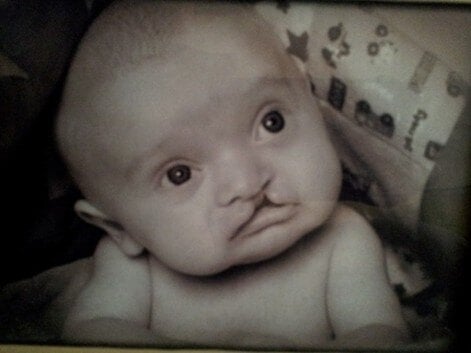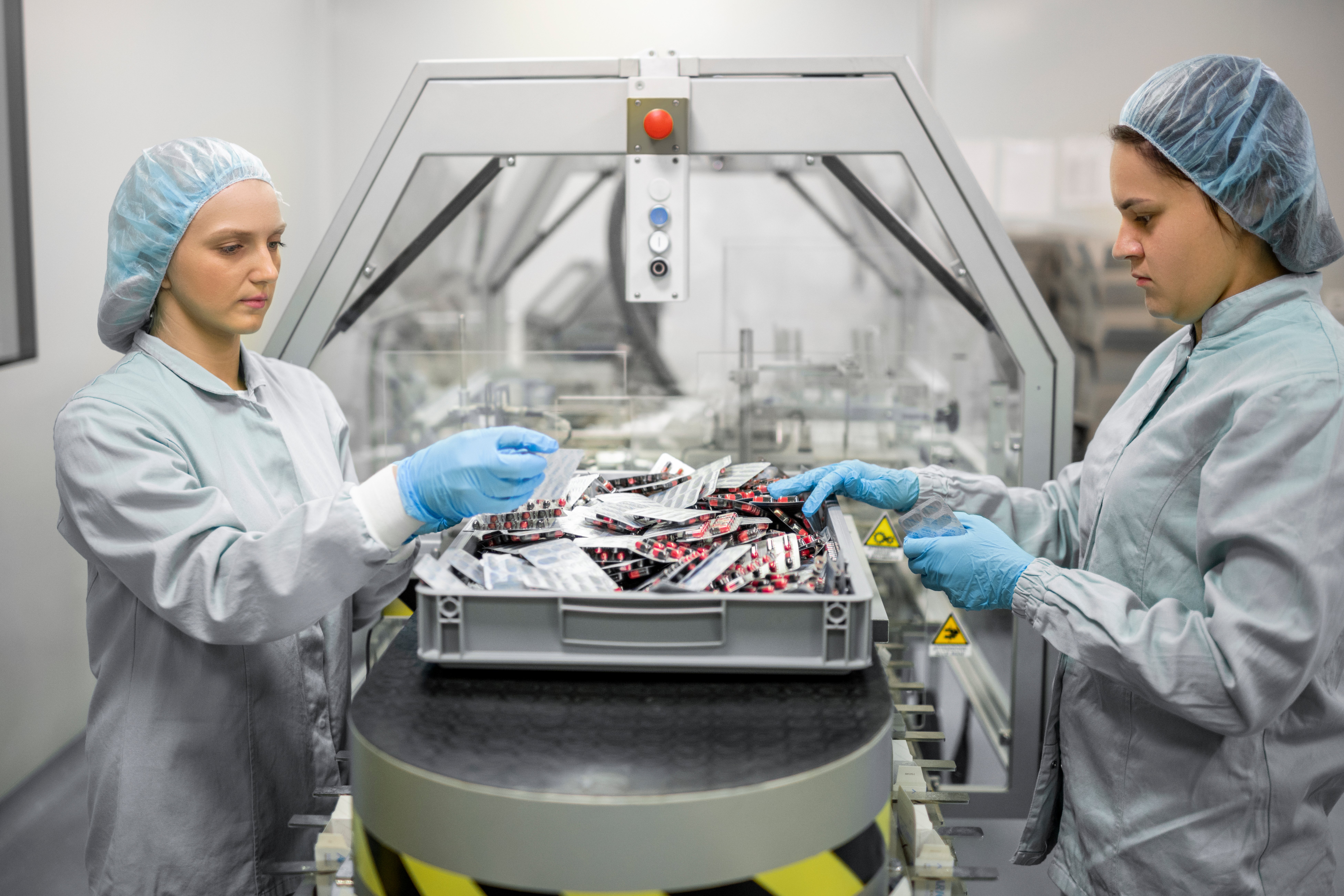Selecting the Right Sterilization Technology
As part of PackTalk’s month-long focus on sterilization, we recently sat down with Sterigenics, a global leader in comprehensive sterilization solutions, to better understand how to select the right sterilization technology for your product. When it comes to your product and the type of sterilization you use, there are a lot of factors to consider, and it’s not always a straightforward decision. Therefore, we spoke with Bart Croonenborghs, a radiation sterilization expert, and Jeff Zeevaert, a gas sterilization expert, to help guide you in your decision-making process. Let’s see what they had to say:
Dr. Bart Croonenborghs, is the Technical Irradiation Director at Sterigenics. Bart’s main areas of responsibility are irradiator qualification and qualification of irradiation processes for Sterigenics’ customers in the medical device, pharmaceutical and commercial industries. He is actively involved in industry committees, task forces, and working groups. As a working group member, Bart represents Belgium on ISO TC 198 WG 2 Radiation Sterilization. He is also a member of ASTM E61 and a member as well as past secretary of the Irradiation Panel.

Jean-François (Jeff) Zeevaert, is a Principal Scientist of Gas Sterilization at Sterigenics. His primary areas of expertise are Ethylene Oxide (EtO) sterilization and novel sterilization modalities, such as Nitrogen Dioxide (NO2) sterilization. He is also a member of ISO Technical Committees 194 and 198.
If a manufacturer is considering sterilization of a product, when in the design process should first contact with the sterilizer start? Are there general aspects to know about the different sterilization technologies?
Bart: The manufacturer is responsible for the release of the product on the market (including any sterile label claim) and should consult sterilization experts as early in product development as possible. Early involvement can help ensure that an efficacious sterilization process, tailored to specific products as well as the supply chain, is put in place.
Looking at the different types of radiation that can be used for sterilization, gamma, X-ray and electron beam have, with few exceptions, similar effects on micro-organisms as well as product performance characteristics. Hence, the distinguishing factor is mainly their scalability. For instance, gamma or X-ray processing tends to be effective for irradiation of pallets of product, whereas electron beam processing would only be suitable at the shipper carton level. Turn times and cost considerations can also be important; electron beam and x-ray irradiators allow for a quicker change between largely different customer specifications than a gamma irradiator does.
Jeff: Two key considerations when sterilizing your products with gas are:
- Which gas sterilization technology(ies) are suitable for your product? Feasibility testing can help determine this.
- If multiple sterilization technologies are suitable, select the most appropriate one considering the pros and cons of each (e.g., high/low volume capabilities, sterilization residues, etc.)
What device design and materials are the compatibility watch outs? (EX: electronics/batteries)
Bart: In general, ionizing radiation is found to be compatible with most materials at typical absorbed dose levels for sterilization processing. This includes polymers, glass, and ceramics. In some cases, polypropylene, particular care must be taken in the selection of the right polymer grade. Batteries and electronics in general could be of concern. However, in some instances modifications can be explored that effectively address the issue.
Jeff: Good question. It's difficult to provide a definitive answer as each situation is unique. That's why we recommend to our customers that they consult our sterilization expert advisors for guidance. Generally speaking, for gas sterilization modalities, some important considerations are:
- Compatibility with the sterilant: For example, aqueous substances are incompatible with gas sterilization.
- Product design features: Product designs including things like stopcocks and narrow lumens can present significant challenges for gas access as the gas may not be able to penetrate into the most restricted surfaces of the product.
- Stored energy: If the device contains stored energy, like a battery, this may create a safety issue with EtO, so additional review would be required to ensure the stored energy is properly isolated.
- Selection of permeable packaging: It is crucial to choose packaging that allows gas to flow in and out of the package in order to effectively sterilize the product and remove residuals.
Now that you have shared what are watch outs, can we assume everything else is compatible?
Bart: No, generally speaking, there is plenty of available literature about materials that can guide manufacturers in their product design and increase the probability of effectively obtaining a sterilization process when considered. However, specific outcomes of product performance characteristics following exposure to ionizing radiation can never be entirely predicted. Therefore, it is mandatory to irradiate product with its packaging system and determine these effects experimentally.
Jeff: Considering the wide variety of medical devices, pharmaceutical products and packaging systems that need to be sterilized, as well as the novel and innovative products entering the market every year, this question can't be answered with a simple "Yes" or "No." The best practice is to consult with a sterilization expert to help select the right modality for the product and conduct appropriate tests, including material compatibility, product functionality, and packaging integrity.
What are some considerations you would give a packaging engineer about design when working with a sterilization provider?
Bart: Generally, selected packaging materials should be sufficiently resistant to ionizing radiation. Packaged product in sales units, shipper cartons and/or on pallets has to be appropriate to obtain an acceptable dose distribution in a process load. Particularly for electron beam irradiation, reproducibility of product quantity, orientation, and placement from shipper to shipper could be very important.
Jeff: When it pertains to gas sterilization technologies, the following factors are crucial: material compatibility with the sterilant (including adhesives), material cleanliness (low bioburden), physical resistance to vacuum, and sterility preservation over time.
How are sterilization processes developed for a products/devices?
Bart: For radiation sterilization, when product and packaging systems have been defined, one will experimentally establish a product dose specification. This “Process Definition” stage determines the sterilization dose as well as the maximum acceptable dose. Performance Qualification (PQ) dose mapping is then carried out in the irradiator of choice to obtain a process that will be able to meet the required product dose specification on a routine basis.
Jeff: Commonly, gas sterilization processes are designed to achieve at least a 12 log10 reduction in microbiological challenge. This is typically validated using a biological indicator (BI) containing a known population (typically 10^6) of a reference organism specific to the selected sterilization modality. The BI is placed within the products to be sterilized, specifically in the worst-case or most difficult-to-sterilize location. The exposure time to the sterilant is determined by the challenge posed by the BI in that location.
If a medical device is fairly complex and has small areas that need to be exposed to the sterilant, is there one technology that is better than the other?
Bart: There are no particular concerns with any types of radiation to deliver sterilization doses in small areas. That said, the detail of PQ dose mapping required will depend on the complexity of the product and the type of radiation. In general, more care has to be taken in electron beam processing where gradients in absorbed dose in and around small metallic parts could be very pronounced over areas as small as a few millimeters.
Jeff: From a gas sterilization perspective, Ethylene Oxide (EtO) is notable for its ability to penetrate and diffuse through a wide variety of materials (excluding glass and metal). Which is why, according to the U.S. FDA, EtO is used to sterilize over 20 billion medical products every year, which accounts for nearly 50% of all sterilized medical products in the U.S.
However, the sterilization modality selection depends heavily on the specific complexities of the medical device design, which can vary widely. This underscores the importance of involving a sterilization expert early in discussions to ensure the optimal choice.
When an expert says a sterilization technology is incompatible with a certain material for a product/package, what do they mean by this?
Bart: In radiation sterilization, such a general statement would most likely mean that the product as designed will not meet one or more of its critical performance attributes when submitted to a typical sterilization process with the mentioned sterilization method. Changes in materials or product presentation, or a lowering of the product bioburden could result in lowering the required radiation dose and therefore render a successful sterilization process.
Jeff: For gas sterilization modalities, incompatibility could have a variety of impacts including cosmetic issues (e.g., discoloration), changes in physical properties (e.g., dimensional changes) and / or alterations in drug potency and potentially product damage.
What are some common misconceptions from your customers on each of these sterilization technologies?
Bart: Maybe the two largest misconceptions out there with respect to radiation sterilization are the fact that literature is sufficient to define the maximum acceptable dose for product and that a dose specification of 25 kGy – 40 kGy is the default. With respect to the sterilization dose for instance, there has been a lot of work within the industry to agree on acceptable methods to render sterilization doses as low as 15 kGy or even less provided bioburden is consistent and low. A maximum acceptable dose greater than 40 kGy should also be explored. Expanding the maximum acceptable dose range, both minimum and maximum, could make it easier to validate multiple irradiation sites and sites using different types of radiation.
Jeff: I don't have specific examples for each gas sterilization technology. However, one thing I've noticed throughout my career—and continue to observe today—is that the effort involved in sterilization (such as time and resources) is often underestimated by medical device manufacturers. Sterilization experts are frequently not involved in the early stages of product development, such as during material selection, to prevent incompatibilities or when defining packaging configurations. These steps are typically already validated and finalized by the time discussions about developing a sterilization cycle begin.
What are your focus areas for the next five years with these sterilization technologies?
Bart: Sterigenics is technology agnostic which allows us to provide solutions that meet our customer’s needs and market demand. As such, we believe all three types of radiation (electron, gamma, and X-ray) will continue to grow. Sterigenics will continue to develop its offerings in in areas like process monitoring and mathematical modeling to meet the challenges of the most innovative products being developed.
Jeff: The need for EtO processing and efforts to ensure the sustainable use of EtO as a sterilant will continue because of EtO’s unique sterilant capability. There will also be increasing efforts in the industrialization of novel sterilization modalities.
The key is to find the right process for the product, and an understanding of the benefits and limitations of the available technologies which is critical to choosing a sterilization method. In order to play its role in safeguarding global health, Sterigenics, is committed to remaining at the forefront of sterilization technology development, process development and process monitoring methods across the spectrum of sterilization technologies.
About Sterigenics
Sterigenics is a leading global provider of outsourced terminal sterilization services for the medical device, pharmaceutical, food safety and advanced applications markets. With our industry recognized expertise we help to ensure the safety of millions of patients around the world every year. Across our 48 global facilities, we offer our customers a comprehensive array of sterilization technologies including Gamma, Electron Beam, X-Ray, Ethylene Oxide, and Nitrogen Dioxide (NO2) sterilization. We are committed to addressing the growing need for sterilization across the world and partnering with our customers to eliminate threats to human health. Learn more about Sterigenics at sterigenics.com.



